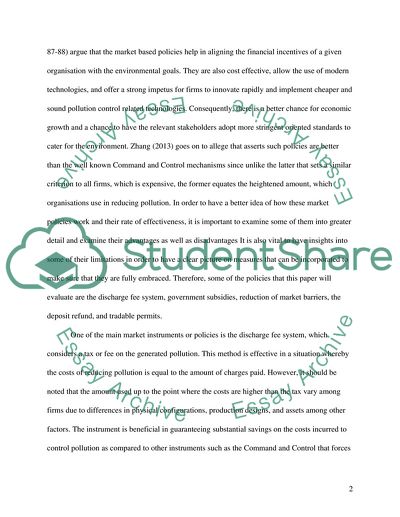Cite this document
(“Evaluation of how Market-Based Policies deal with Global Environmental Essay”, n.d.)
Evaluation of how Market-Based Policies deal with Global Environmental Essay. Retrieved from https://studentshare.org/marketing/1697999-evaluate-the-ways-in-which-market-based-policies-attempt-to-deal-with-global-environmental-problems
Evaluation of how Market-Based Policies deal with Global Environmental Essay. Retrieved from https://studentshare.org/marketing/1697999-evaluate-the-ways-in-which-market-based-policies-attempt-to-deal-with-global-environmental-problems
(Evaluation of How Market-Based Policies Deal With Global Environmental Essay)
Evaluation of How Market-Based Policies Deal With Global Environmental Essay. https://studentshare.org/marketing/1697999-evaluate-the-ways-in-which-market-based-policies-attempt-to-deal-with-global-environmental-problems.
Evaluation of How Market-Based Policies Deal With Global Environmental Essay. https://studentshare.org/marketing/1697999-evaluate-the-ways-in-which-market-based-policies-attempt-to-deal-with-global-environmental-problems.
“Evaluation of How Market-Based Policies Deal With Global Environmental Essay”, n.d. https://studentshare.org/marketing/1697999-evaluate-the-ways-in-which-market-based-policies-attempt-to-deal-with-global-environmental-problems.


